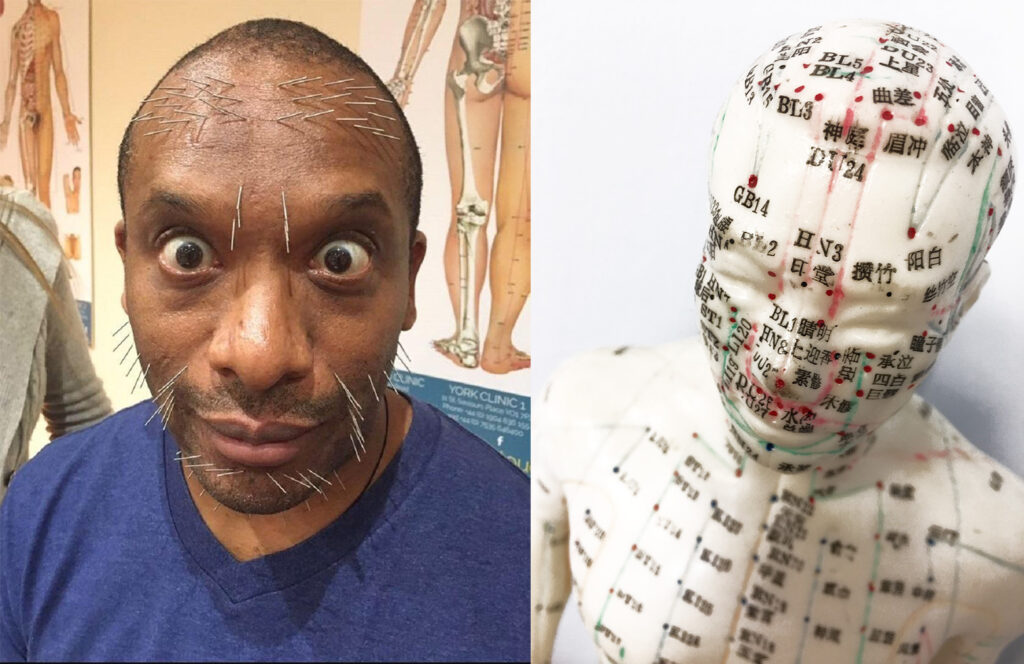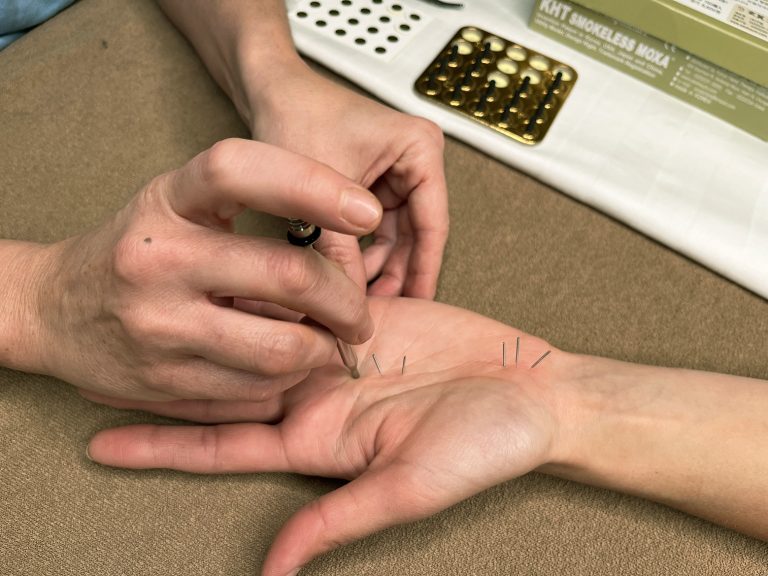What’s it like?
Have you ever wanted to try acupuncture? Having been used for over 3000 years to treat a variety of illnesses, acupuncture involves the principles of Qi, which flows through the meridian lines of the body, and is one of the oldest and most respected forms of medicine in the world. Not only is it a popular form of treatment, it has the added benefit of producing long-lasting results. It’s normal that people might have some reservations about acupuncture, such as having needles inserted into the body. However, the treatment is safe and in most cases, completely pain-free. It’s effective for a wide variety of medical conditions and is also able to treat more than one symptom at a time.
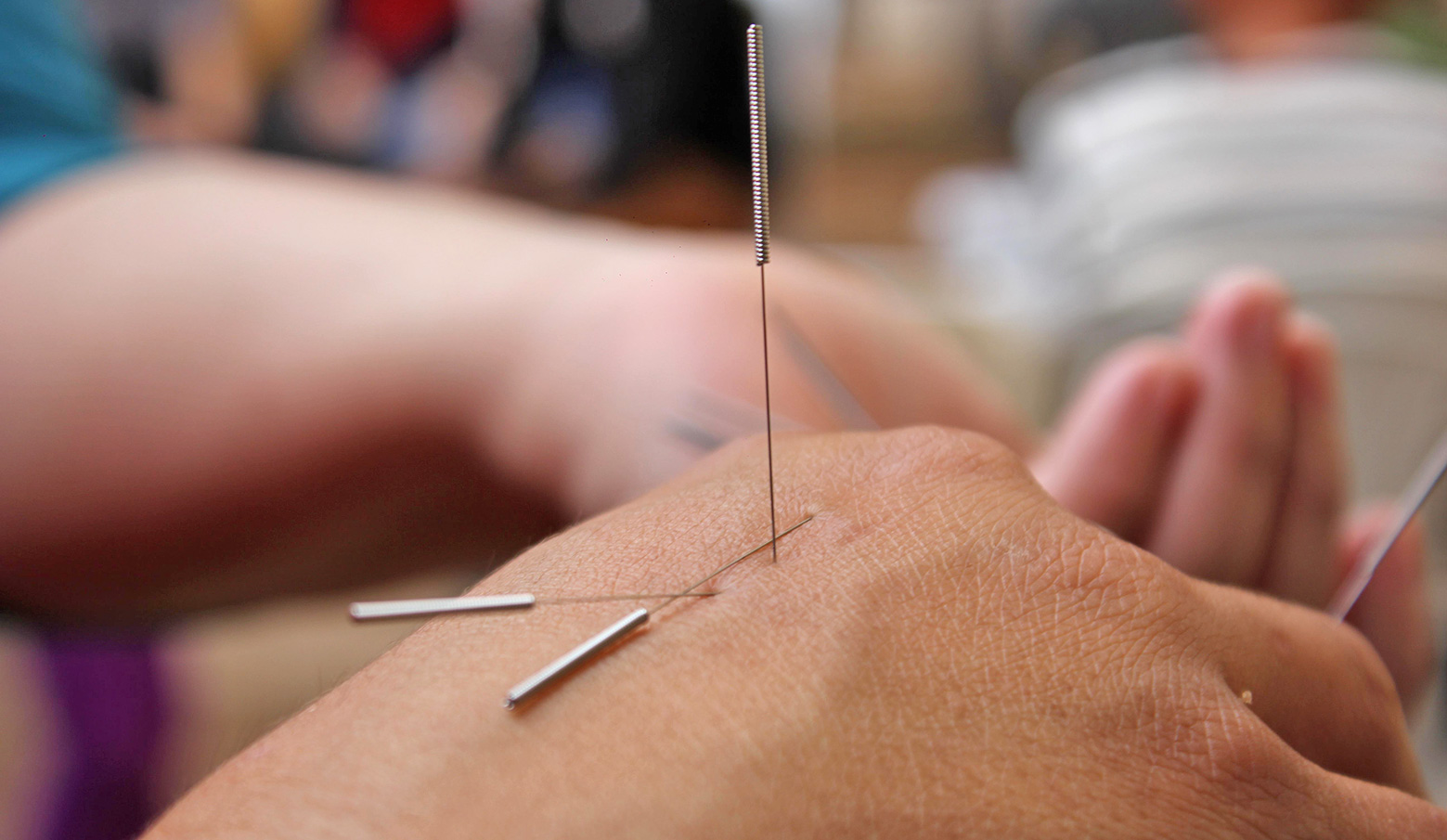
How does it work?
Acupuncture works by stimulating specific points to activate and reinforce the body’s natural healing abilities. The human body has an amazing capacity to heal itself and when we are sick or injured, we produce a variety of chemicals to help us self-heal. So, if we’re in pain, acupuncture can trigger an increase in the levels of endorphins, which are the body’s natural pain killers, and significantly help the body with its healing mechanisms. Whereas chemical pain killers often work by mimicking the actions of endorphins, acupuncture will enhance the body’s ability to do this naturally, with the added benefit that it’s non-addictive and has no side-effects.
The points around the body that acupuncture uses are focussed on the areas of autonomic nerve fibres, which control involuntary body functions, and sensory nerve fibres, which transmit sensations such as pain, temperature and touch. So, acupuncture points are rich in nerve fibres and when these points are stimulated, they can produce various physiological responses.
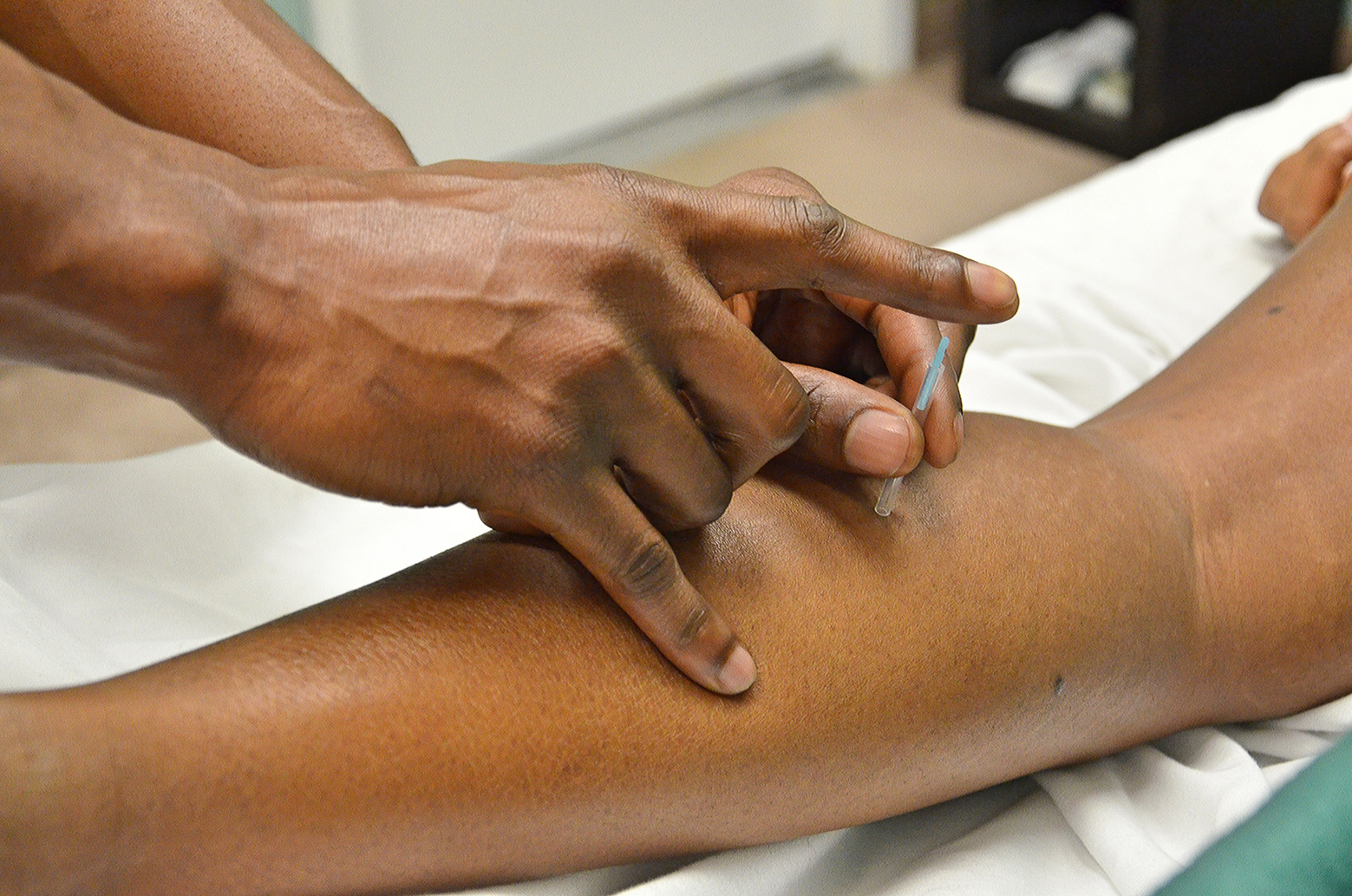
What are meridians?
Acupuncture meridians are essentially pathways along which the nerve fibres run and these are closely related to the peripheral and cranial nerves, as well as their branches. The nervous system also plays an essential role in the therapeutic effects of acupuncture, as stimulating acupuncture points sends signals to the brain, leading to various physiological responses such as pain reduction. The nervous system works as one of the brain’s messaging systems, so that when signals are transmitted, they provoke a reaction that will trigger other parts of the body to initiate healing processes.
Some of the areas where acupuncture can be particularly effective include pain management, treatment of asthma, nausea, insomnia, sprains, hypertension, allergies, headaches and migraines, depression, anxiety, menstrual cramps and aiding recovery after surgery. It’s worth remembering that the needles themselves are incredibly thin, so for most people they will hardly be felt, if at all, while the process is going on. Indeed, a large part of a practitioners long training process will revolve around learning how to cause as little discomfort as possible.
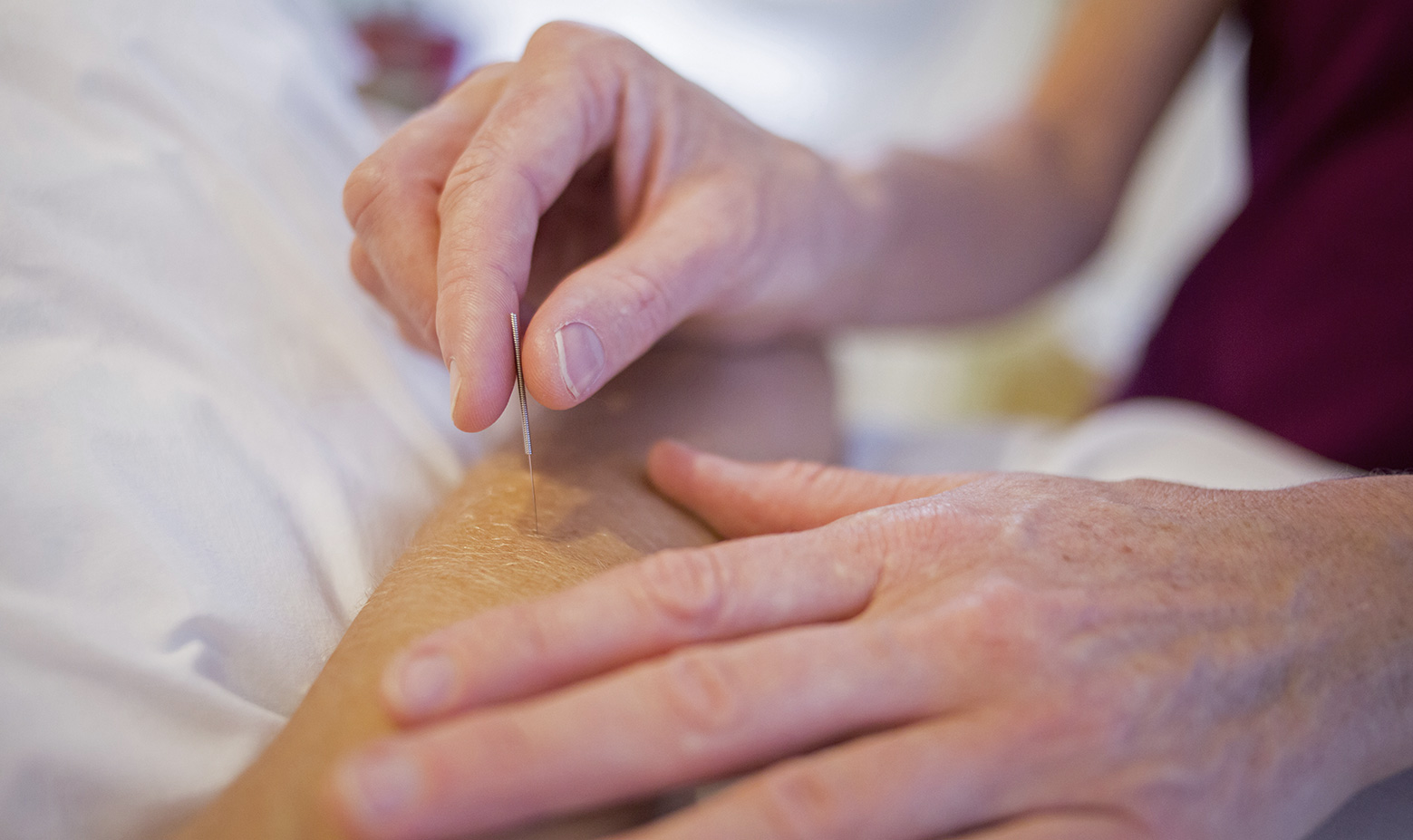
Finding out more about acupuncture
This is the essence of acupuncture, although the complete science behind how it works in all of its different ways is a pretty vast subject, which is why qualified practitioners can spend years learning their skills. If you’d like to find out more and delve deeper, there is a lot of information online that you’ll probably find fascinating, such as this article on Healthline.
If you’d like try acupuncture or find out more about how acupuncture could help you, why not ask us about it next time you visit the clinic or contact us to book an introductory appointment and give it a try!

